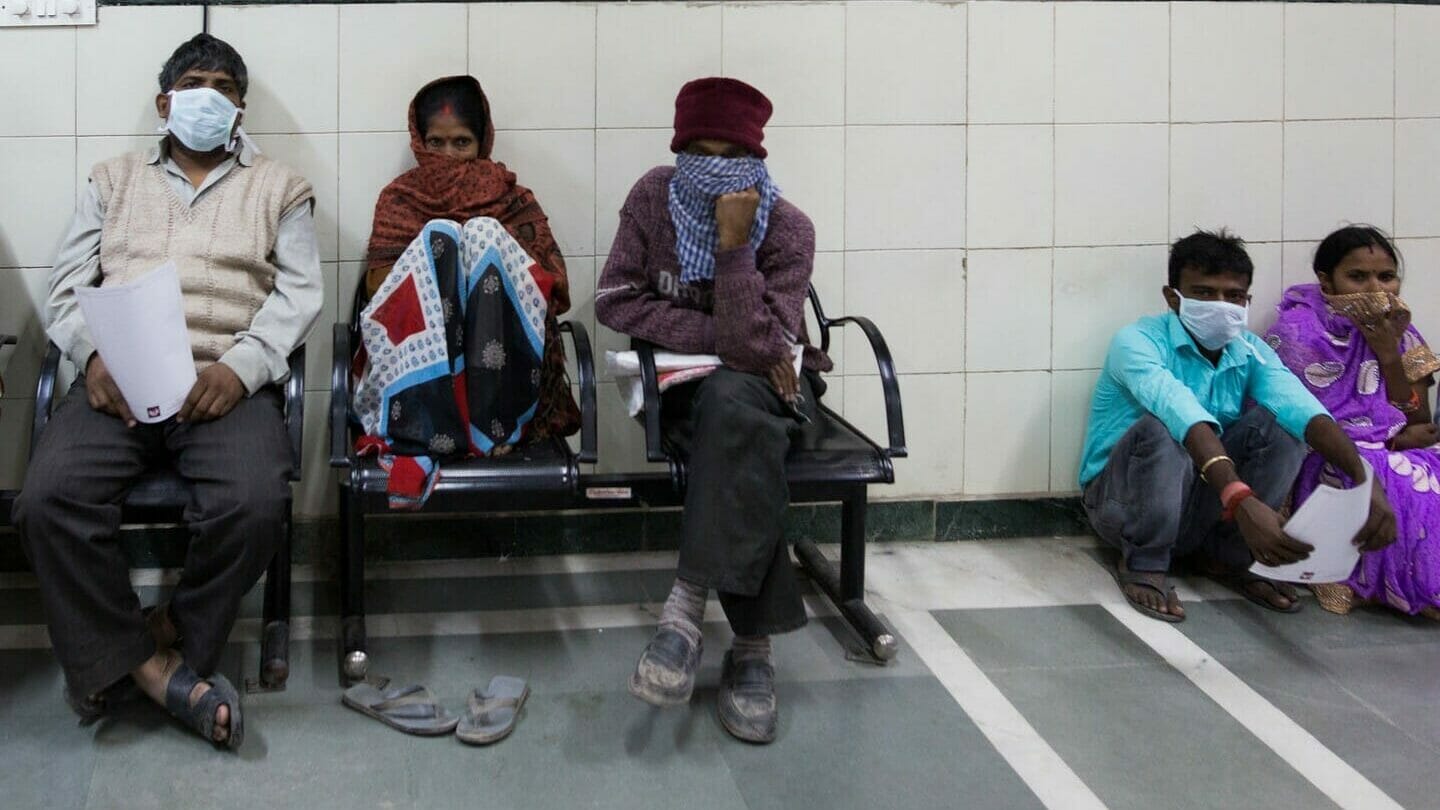In the past few months, Mumbai’s worsening pollution levels have made headlines. It has even been compared to Delhi, which has one of the worst winter pollution levels, year after year. Increased construction activity, industrial pollution and vehicular emissions continue to worsen pollution in Mumbai.
To understand this better, Citizen Matters spoke with Ronak Sutaria, Founder and CEO of the Climate Tech startup Respirer Living Sciences in an interview that is now available on YouTube.
In the discussion, Ronak explained that Mumbai’s pollution levels were lower than Delhi but emphasised the need to increase monitoring in Mumbai. “Mumbai has deteriorated significantly, Delhi has marginally improved. Mumbai’s PM 2.5 deteriorated by 40% as compared to 2019. Delhi has increased monitoring significantly. Delhi has 40 monitors for the city and and Mumbai has 20… We are probably not even capturing things adequately.”
Impact on health of citizens
The direct impact of pollution is on the respiratory system. Adults and children complain of persistent cough, colds and other infections. Ronak explained that those who are susceptible to asthma and bronchitis, winter months get much harder.
The limits prescribed by the World Health Organisation are far lower than an average levels anywhere in India. “These are standards and safe limits set by WHO… There is no reason to believe than Indians have a higher capacity to breathe more pollution. Bottomline is we are breathing four times to ten times more pollution than safe limits.”

Most citizens may not connect their health issues to worsening pollution Ronak explained. People often treat the illnesses with medication and move on without addressing the actual cause – which could be one or more forms of pollutants in the neighbourhood. “It’s a huge health epidemic by any standard,” he said.
Compliance and monitoring
We spoke about the role of the government and agencies such as the Maharashtra Pollution Control Board could do and how the citizens could also do their bit. “There needs to be separation of duties of monitoring and compliance. Fine grain management should be done by the municipal corporation. Who the big culprits are should be done by corporation and compliance should be managed by pollution control board.”
Read more: Mumbai’s AQI worsens every winter, who is responsible?
Compliance requires transparency and the gaps need to be addressed. Ronak pointed that industries install continuous emissions monitoring systems themselves, which is a self-regulatory process and not necessarily effective. “Regulation and compliance need to happen in real time and a huge level.” However, he also spoke about the link between livelihoods, economy and industries and doing away with industries is not the solution.
Major causes of pollution
- A study conducted by IIT and NEERI and commissioned by MPCB found that more than 70% of particulate matter pollution is coming from road dust, both paved and unpaved.
- Road dust and construction dust form particulate matter which is the more harmful type.
- NO2, released from vehicles, and Ozone from power plants are critical pollutants.
With massive construction projects going on right now, the dust from sites is adding to pollution. “Construction practices are very sub optimal right now. You don’t need to cut and mix things at site. Blame squarely remains with the construction practices we employ. You don’t see that happening in other countries. Its poor planning and poor technology,” Ronak says.
Citizens’ participation
Ronak also spoke in detail about what citizens could do. With the help of technology, it is possible to monitor pollution and ask authorities to intervene, he suggested. It was possible to install low cost equipment to measure pollution – under 1000 USD – either in apartment complex or neighbourhood.
Citizens who are genuinely getting to the bottom of the problem, they are substantially moving needle in how problem sare handled. If there is a group of 5-10 meaningful citizens, there is a lot of funds available. They need a lot of tenacity and patience, but they get access to funds, decision making power.”
Read more: BMC budget wishlist, from various experts in their field
At an individual level practicing sustainable life style helps. “It will not solve the problem but knowing that buying a diesel car, is much more polluting than petrol, one can avoid that.” Reducing consumption of polluting things, change travel habits, public transport – everything helps.
“The big elephant in the room is construction dust. What you can do is track pollution near your house and ask questions… We need compliance to happen at neighbourhood level. It needs technology and policy to come together.”
Ronak’s startup specialises in IoT and AI powered technologies for urban and rural data-driven air quality policy research. Ronak collaborated with India’s foremost research organizations including IIT Kanpur, Microsoft Research India and Shakti Sustainable Energy Foundation, in an effort to bring unparalleled scientific rigor to the work. These partnerships remain steadfast, resulting in the building and scaling of India’s first scientifically calibrated, low-cost sensor-based air quality monitoring network.